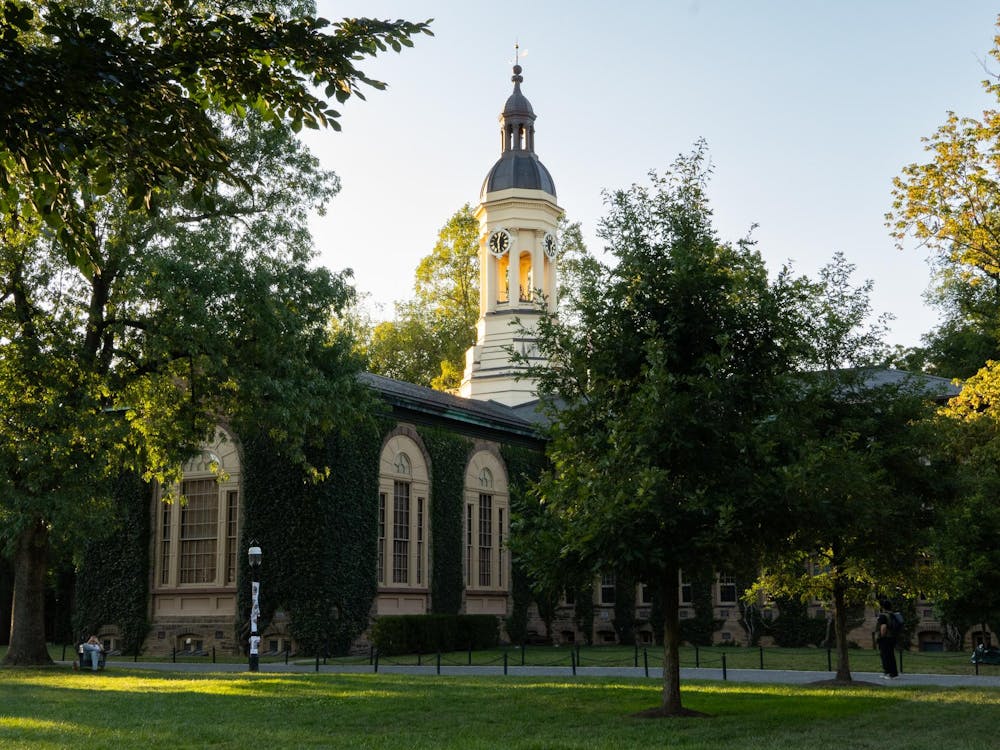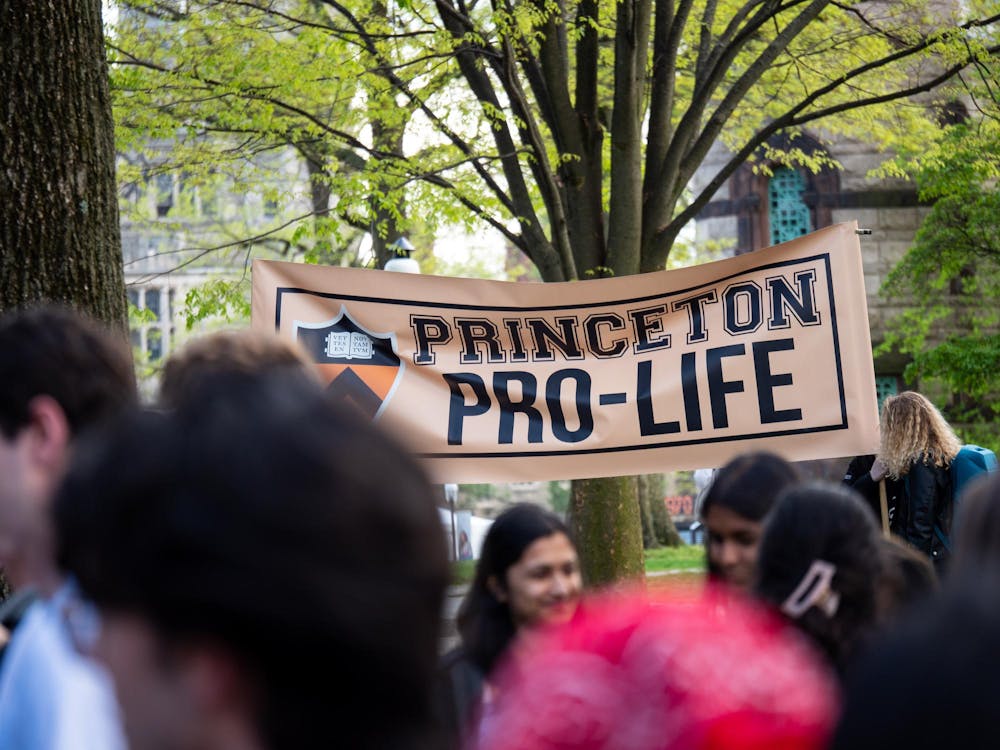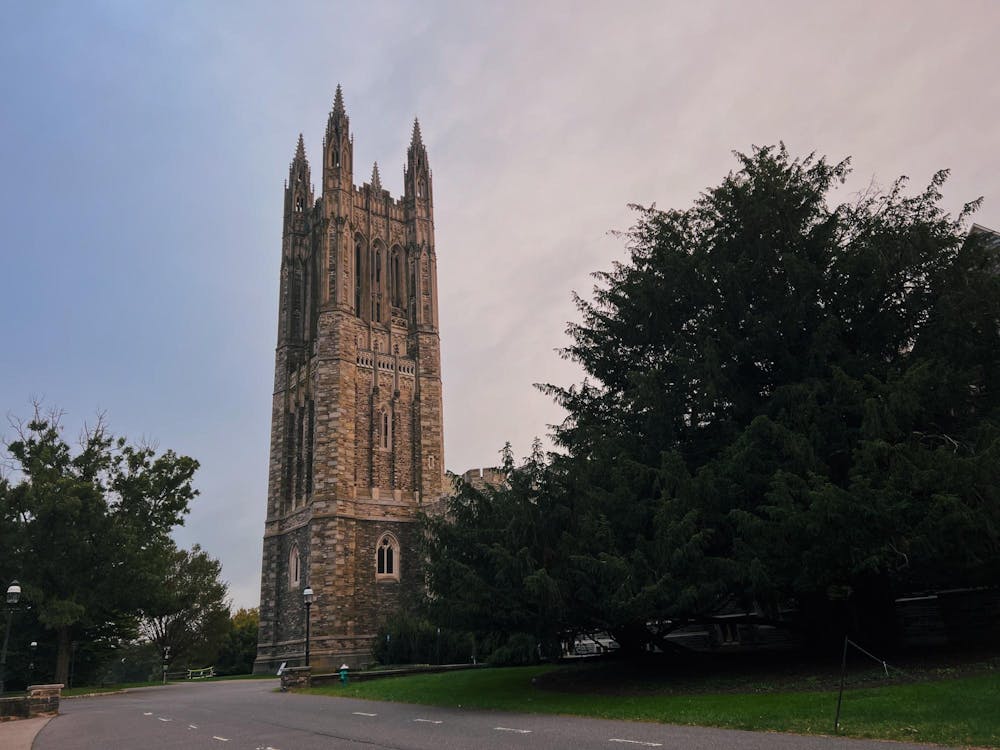The Historical Society of Princeton, an organization founded in 1938 dedicated to interpret the town’s history, reopened its museum on Jan. 6 at Updike Farmstead, a farm building on Quaker Road about five miles from the University.
The Historical Society had previously been located at Bainbridge House.
Curator of Collection and Exhibitions for the Historical Society Izzy Kasdin '14, who oversees collections management for the organization, said that now that the Historical Society has moved out of Bainbridge House, it has been able to reunite its entire collection in one place for the first time ever in its existence as an institution.
Executive director of the Historical Society Erin Dougherty did not respond to requests for comment. Director of Programs and Visitor Services at the University Eve Mandel declined to comment.
“We’ve reunited this in a different off-site facility that is local, so it’s exciting to have all these materials in one place in a new, beautiful facility,” Kasdin said.
She noted that the Farm has been open in the past, but only periodically. It will now be used regularly as a permanent, primary museum, she said.
“The benefit of the move, and the way that we’ve reunited all of our materials is that the way we are storing them now is better than it’s ever been,” Kasdin said. “When people do ask questions, we have the ability to access pretty much anything in our collection very easily, and so it happens the behind-the-scenes work a lot.”
Kasdin said that because there is now more space, she is looking forward to the society being able to put on programs and exhibitions that have many more components than were present at Bainbridge House.
The research function of the Historical Society is operating very similarly, as is its mission, she added.
“We’re still the same institution and we intend to interpret Princeton’s history in all of its variety and different stories,” Kasdin said.
She added that she hopes the Historical Society continues to do interpret the University’s history in an interesting, accessible and multi-media fashion for all types of audiences. Kasdin noted that despite the fact that the Historical Society is in a different place, its mission to effectively interpret Princeton’s history continues in the family, just like it did in Bainbridge House.
University Art Museum Director James Steward explained that, regarding the future use of Bainbridge House, the idea is to sustain the character that the Bainbridge house has had while the Historical Society occupied it. He explained that the house will encompass some gallery space on Nassau Street as well as a variety of mixed-use spaces in which community groups could have meetings and young visitors can do hands-on art-making activities.

Steward added that he imagines a satellite of the museum store and the second and third floors of Bainbridge house as office space for the museum’s education department.
Steward said the Bainbridge house is going to undergo about a year's worth of historic restoration work. The building has some accumulated maintenance challenges that the University is investing in repairing because of the fact that it is one of the oldest buildings in Princeton. Steward said it is going to be closed for over a year while that work is done.
“I emphasize the degree to which that really is a historic preservation project,” Steward said. “The building has been important to the history of this community.”
Steward noted that the Bainbridge house had been home to the Historical Society for a number of decades. He said that he hopes that in the new Quaker Road location, which itself is also a historic facility, there would be opportunities for further collaboration between the University and the Historical Society. He added that what form that collaboration might take he could not speculate on.








